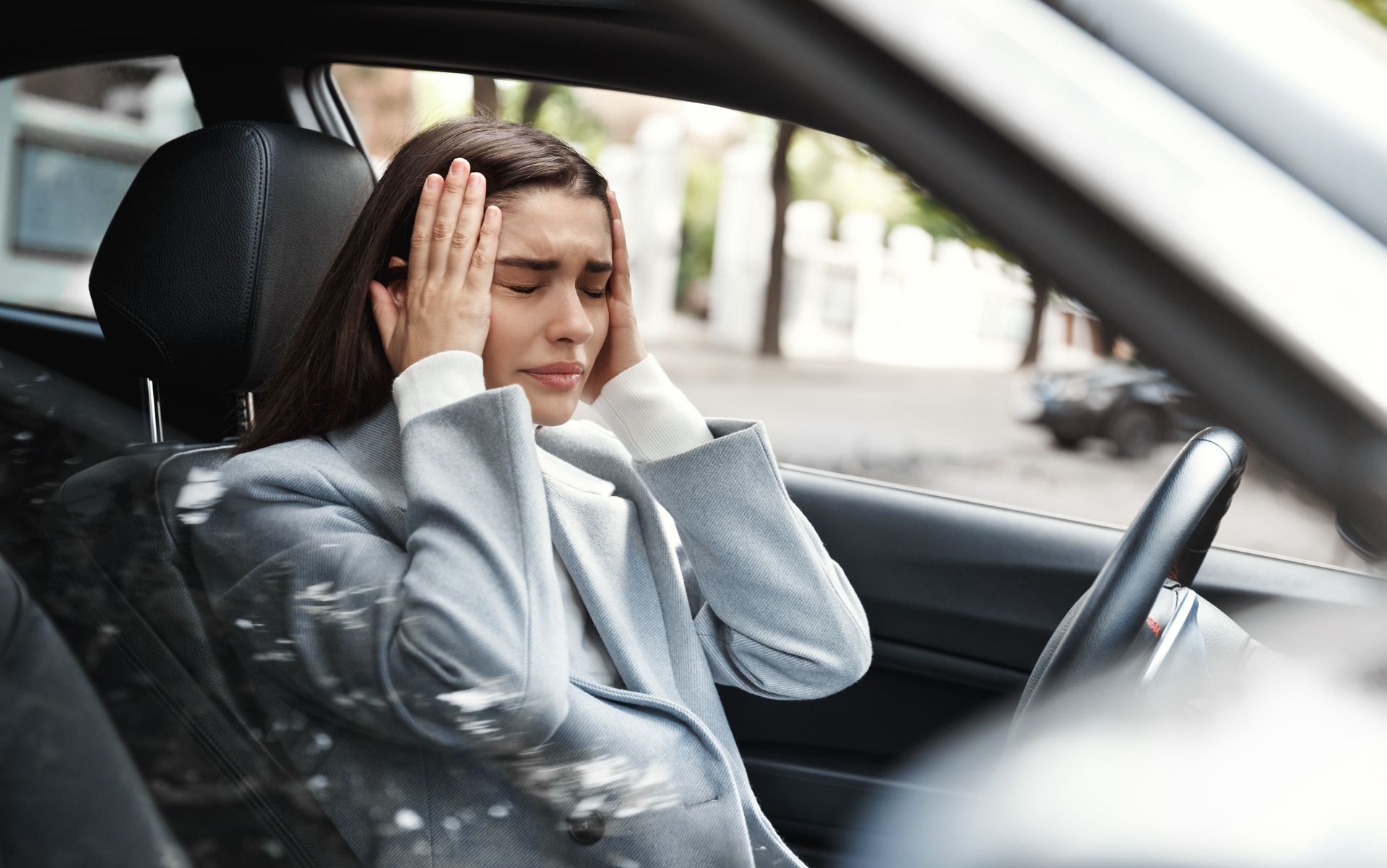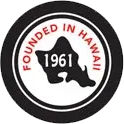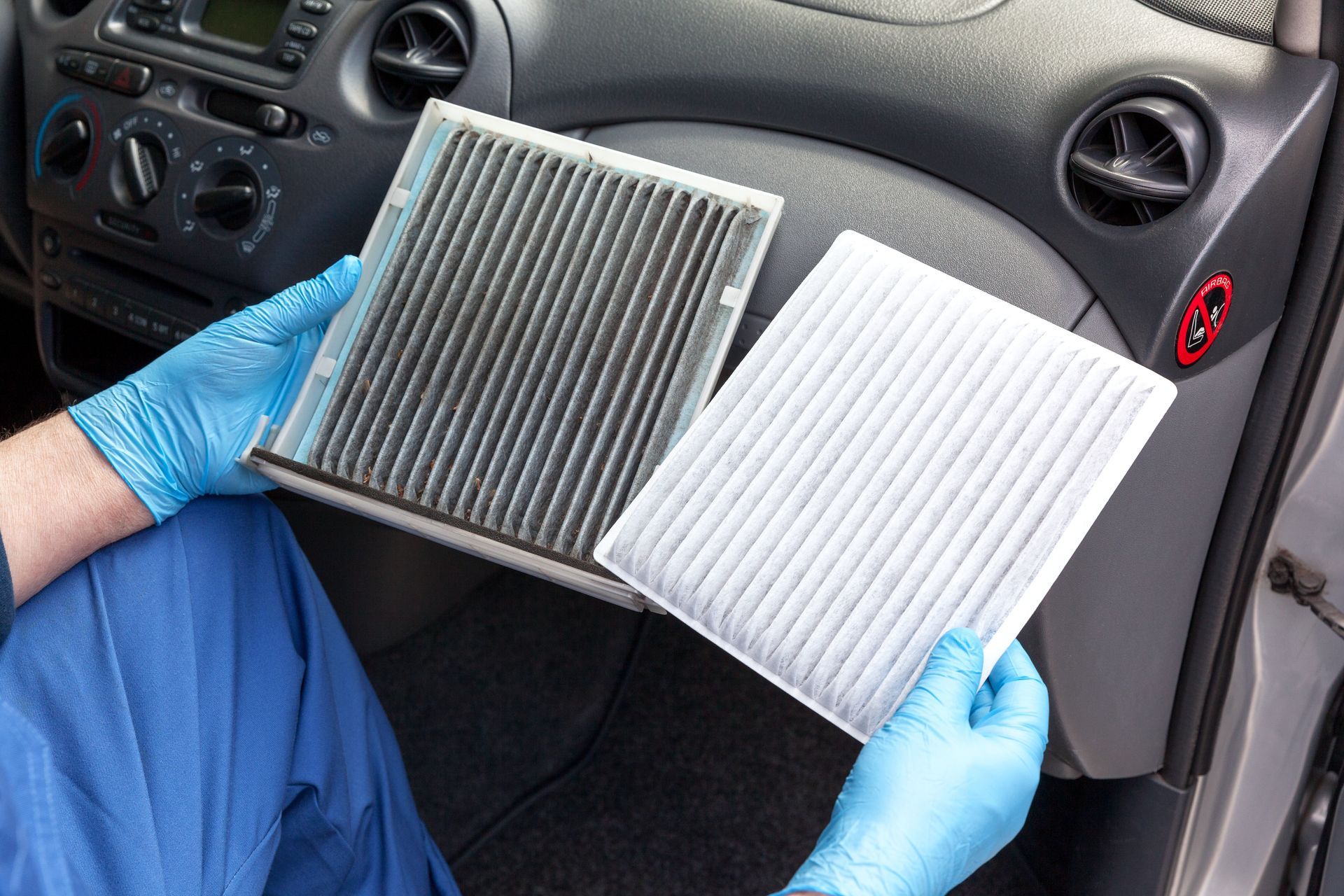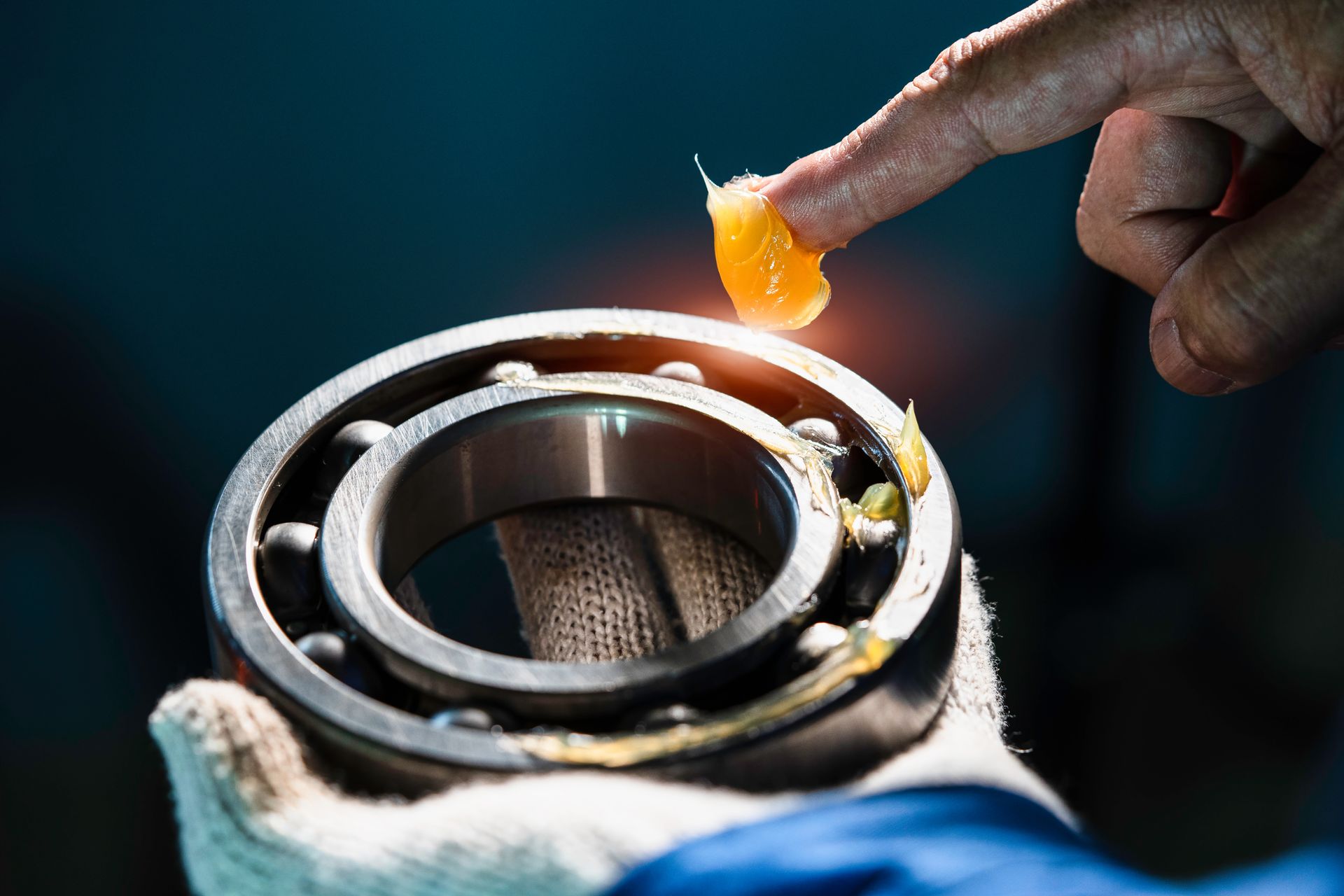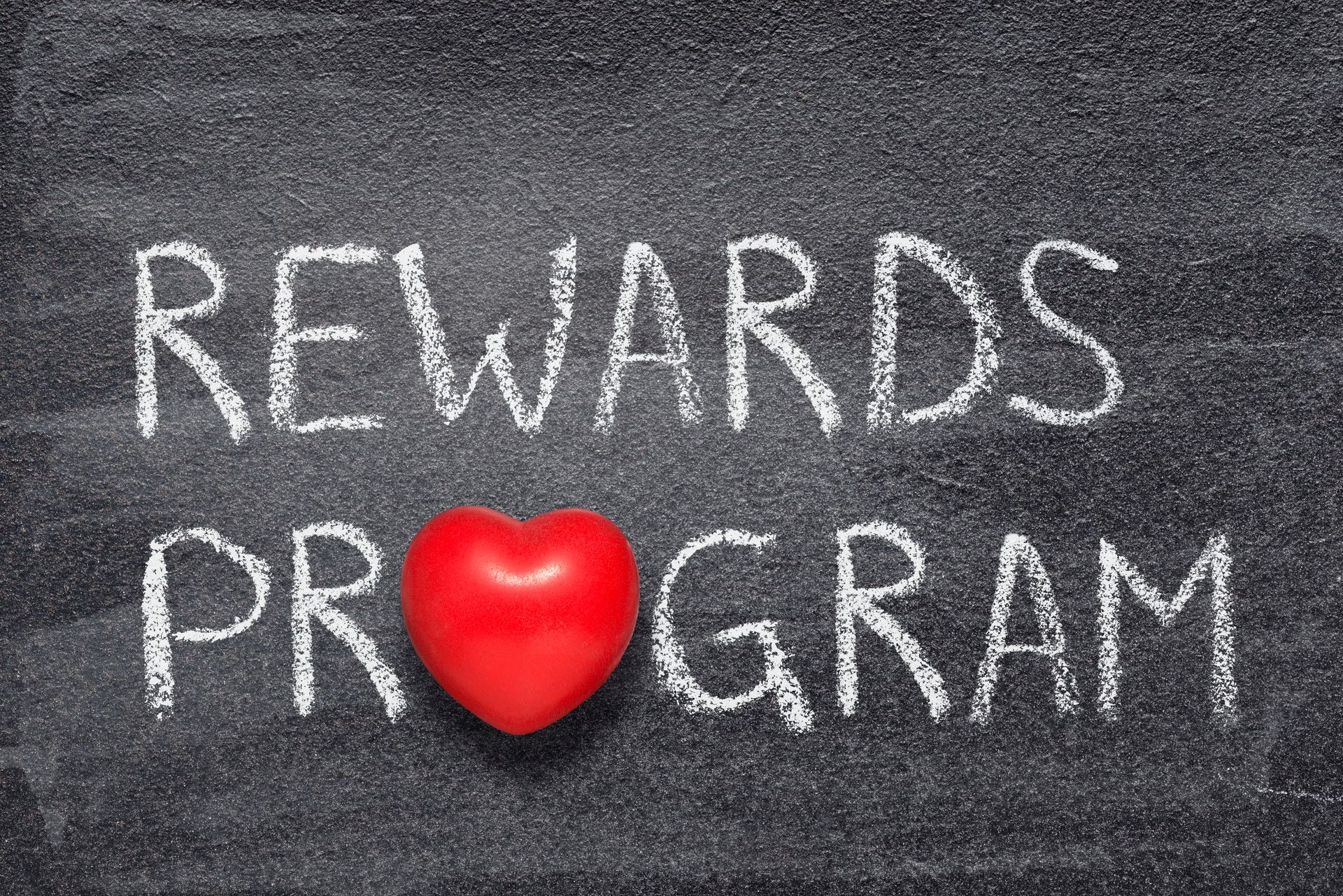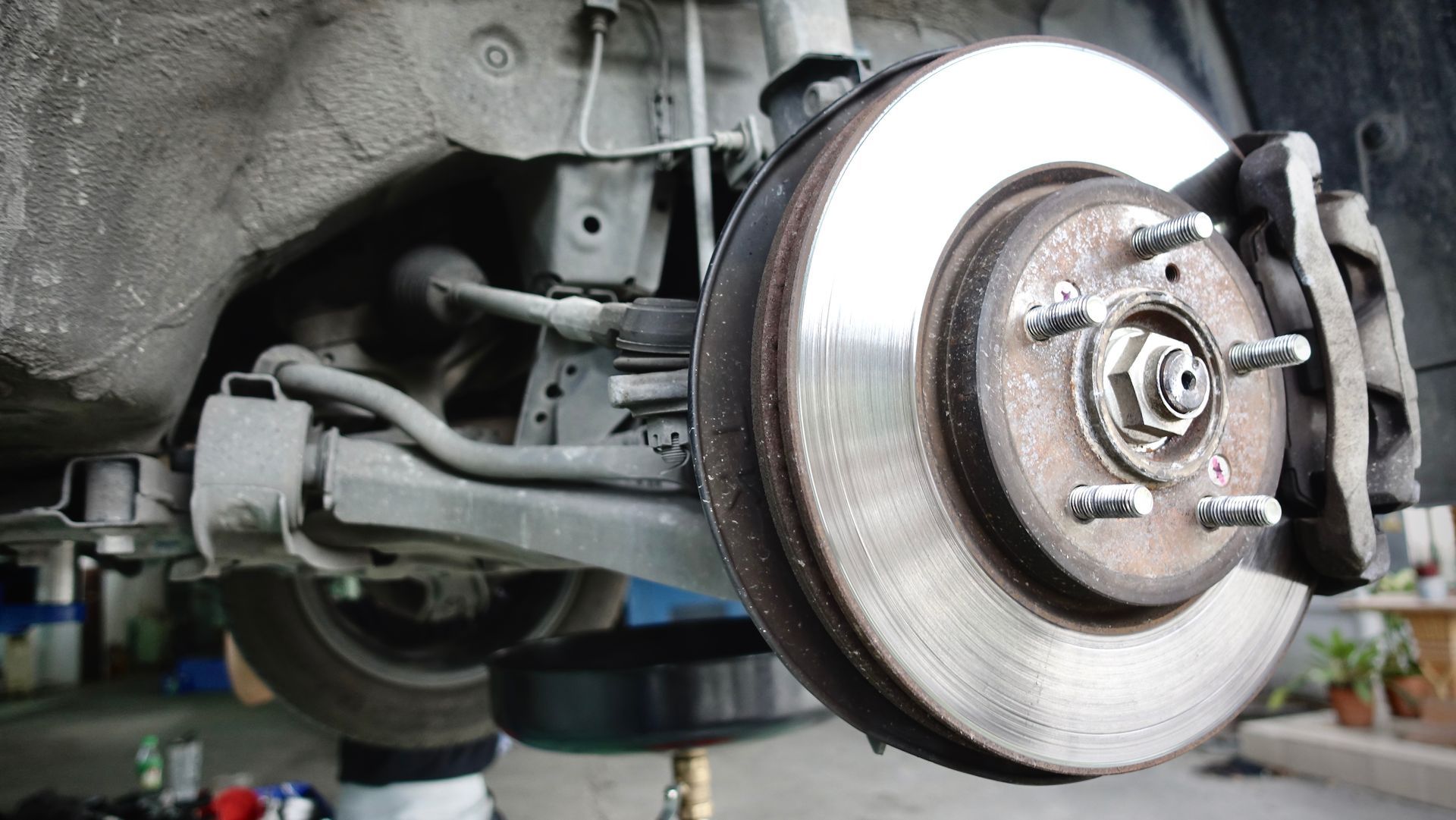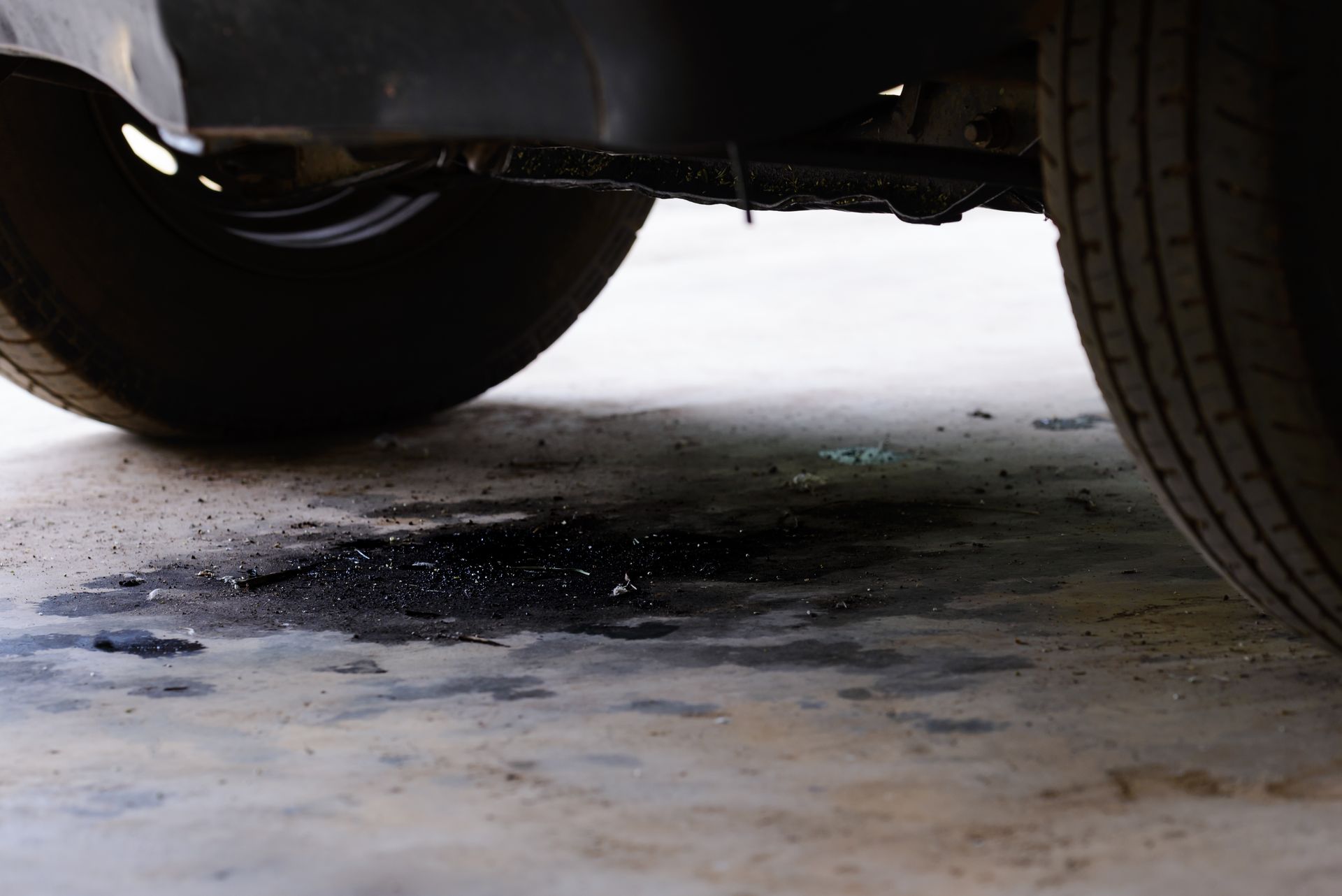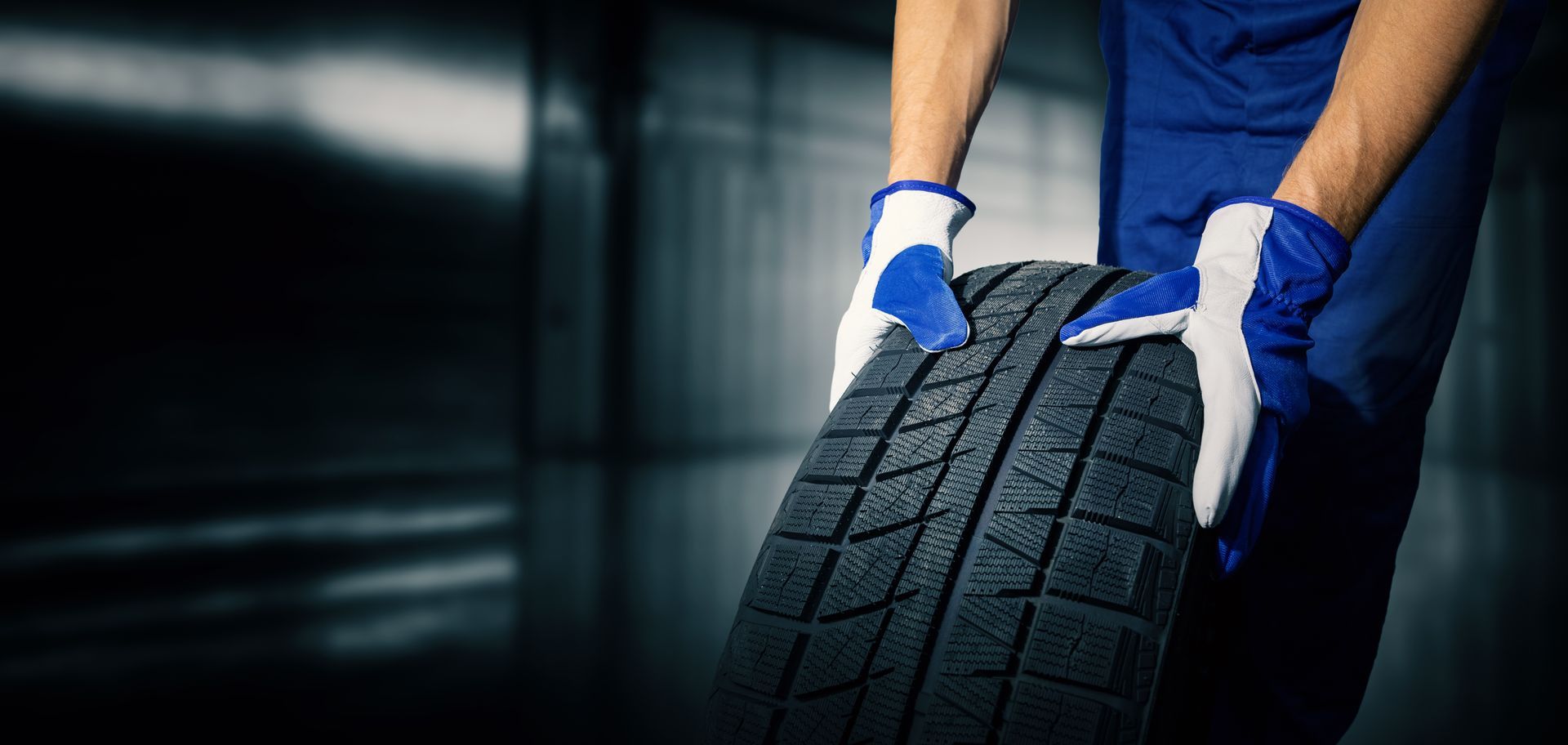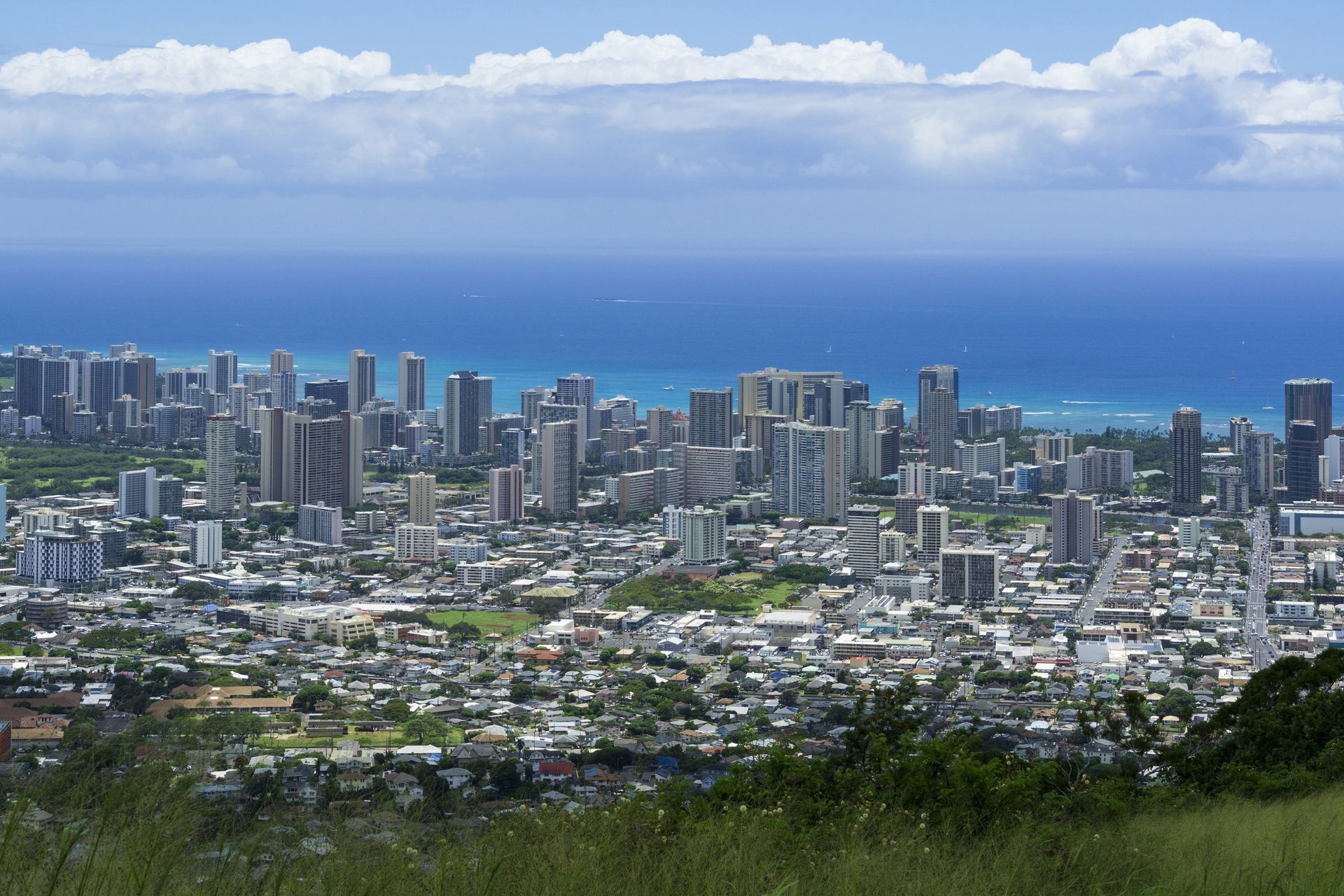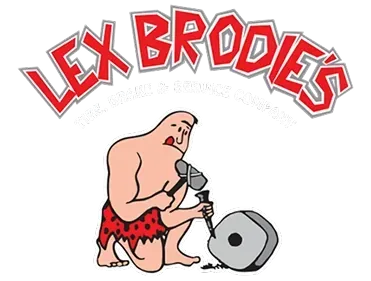Decoding the Differences Between Timing Belts, Auxiliary Belts, and Timing Chains
July 31, 2023

When it comes to the engine's internal components, various belts and chains play critical roles in ensuring proper operation and synchronization. Among these are the timing belt, auxiliary belt, and timing chain. Understanding the distinctions between these components is essential for maintaining your vehicle's engine health and performance. In this blog, we will delve into the differences between timing belts, auxiliary belts, and timing chains, shedding light on their functions, locations, maintenance requirements, and potential consequences of neglect.
Timing Belt
The timing belt, also known as a camshaft belt, is a toothed rubber belt that connects the engine's crankshaft to the camshaft(s). Its primary purpose is to synchronize the opening and closing of the engine's valves with the rotation of the crankshaft. This synchronization is crucial for precise combustion and efficient engine operation. The timing belt is typically located behind a protective cover within the engine compartment.
Maintenance: Timing belts have a limited lifespan and should be replaced according to the manufacturer's recommended intervals, usually every 60,000 to 100,000 miles or based on the vehicle's age. Neglecting timely replacement can lead to belt failure, resulting in severe engine damage due to valve-to-piston interference.
Auxiliary Belt
The auxiliary belt, also referred to as a serpentine or drive belt, is a long belt that drives various engine accessories such as the alternator, power steering pump, air conditioning compressor, and water pump. It transfers power from the crankshaft pulley to these components, enabling their operation. The auxiliary belt is usually wider than the timing belt and features grooves on one side to maintain traction with the accessory pulleys.
Maintenance: Similar to the timing belt, the auxiliary belt requires periodic inspection for signs of wear, cracking, or tension loss. If any issues are detected, such as excessive wear or squeaking noises, it is recommended to replace the belt promptly. Regular maintenance and timely replacements prevent belt failure and ensure uninterrupted operation of the engine accessories.
Timing Chain
Unlike belts, timing chains are made of metal and resemble bicycle chains. They serve the same purpose as timing belts—connecting the crankshaft to the camshaft(s) to synchronize valve timing. Timing chains are often more durable and have a longer lifespan compared to timing belts. They are commonly used in older vehicles or engines that require higher strength and durability.
Maintenance: Timing chains generally require less frequent maintenance than timing belts. However, they are not maintenance-free. Regular oil changes and oil filter replacements are essential to prevent premature wear of the timing chain and its associated components. If any signs of abnormal noise, vibration, or chain tension issues are observed, it is advisable to have the timing chain inspected and serviced by a qualified technician.
Do you need a new belt or chain?
If you think your vehicle's auxiliary belt is damaged or even broken, make sure to visit us at LexBrodies !
